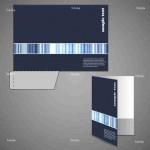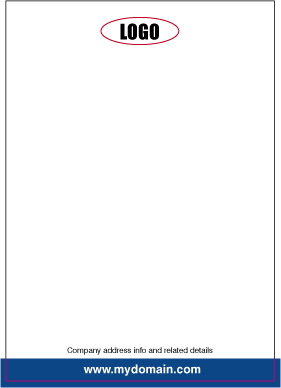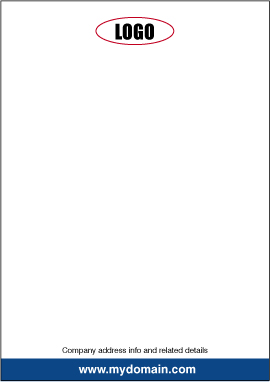Business Brochure Printing
 A business brochure warrants an investment and involves expected returns. Making an impact means choosing the right quality, weight, and size paper. Read the following to choose the perfect paper for your business brochure.
A business brochure warrants an investment and involves expected returns. Making an impact means choosing the right quality, weight, and size paper. Read the following to choose the perfect paper for your business brochure.
Paper Size
Brochures, made with paper of various sizes, remain effective yet contrast in desired result. A photographer may choose larger paper to feature full-colour photographs, while a mechanic may choose smaller dimensions to list specialties along with a coupon for the first service.
Size matters, but keep the customer in mind when making a decision. Larger dimensions do not necessarily equal a bigger investment; thickness is another element to keep in mind.
Paper Thickness
Added thickness, associated with prestige, costs more and makes a greater impression. Thickness influences appearance of colour and gloss.
Weight of paper is measured in grams per square, or GSM; the higher the rating, the thicker the paper. 80-100 GSM is the weight of standard, office paper while 130-170 reserved for posters, leaflets, flyers, and brochure pages. Thick paper is associated to high-end business cards and tradeshow materials.
Project
Inexperienced customers don’t make the right decisions. Experienced vendors advise newcomers. A brochure must achieve a short-term goal, such as educating the public on a new product. Speak with vendors about finding the right page dimensions and paper thickness to complement the message and goal of the brochure. If printing supplemental materials in-house, browse StinkyInk for ink cartridges and discounts on associated printing needs.
Editor
Consider hiring an editor to compose succinct copy to save money. Unneeded or repeated words and phrases make one page into two pages or more. An editor helps compose active and punchy sentences that get attention. Shorter copy allows budget for thicker, expensive paper that makes better impressions.
Incentives
Associating incentives (a time-sensitive action or attached coupon) to the brochure and printing process piques consumer interest. Other than colours and marketing copy, a brochure must be distinct in comparison to materials dispersed by competitors. Moreover, an offer to save money can make the difference between a possible and immediate response. Chances of consumer response lessen with the passing of time. Incentives give reason to act now.
Fonts
Don’t sacrifice function for fashion or catchy graphic design. Keep creativity to a minimum when it comes to choosing fonts for titles, subheadings, and on-page copy. A zany or colourful font may fit the business model and tone of the product, yet standard fonts are best for reading. Use 12-point font for ad copy and larger fonts for headings and page titles.
Audience
Don’t forget the audience when preparing the layout and paper for the brochure. Will the quality of paper impress readers? Or, can money be saved on paper and invested toward inserted coupons? Don’t place the preferences of executives and marketing officers above those of the consumers and eventual readers of the brochure.
Brochures, a traditional and effective method of marketing, necessitate the right decisions for optimal return on investment. Choose the right thickness, quality, layout, colours, images, tone, and message with the target market in mind.
Follow him on Facebook.
Would you like to . . . Write For Us?



Leave a Reply